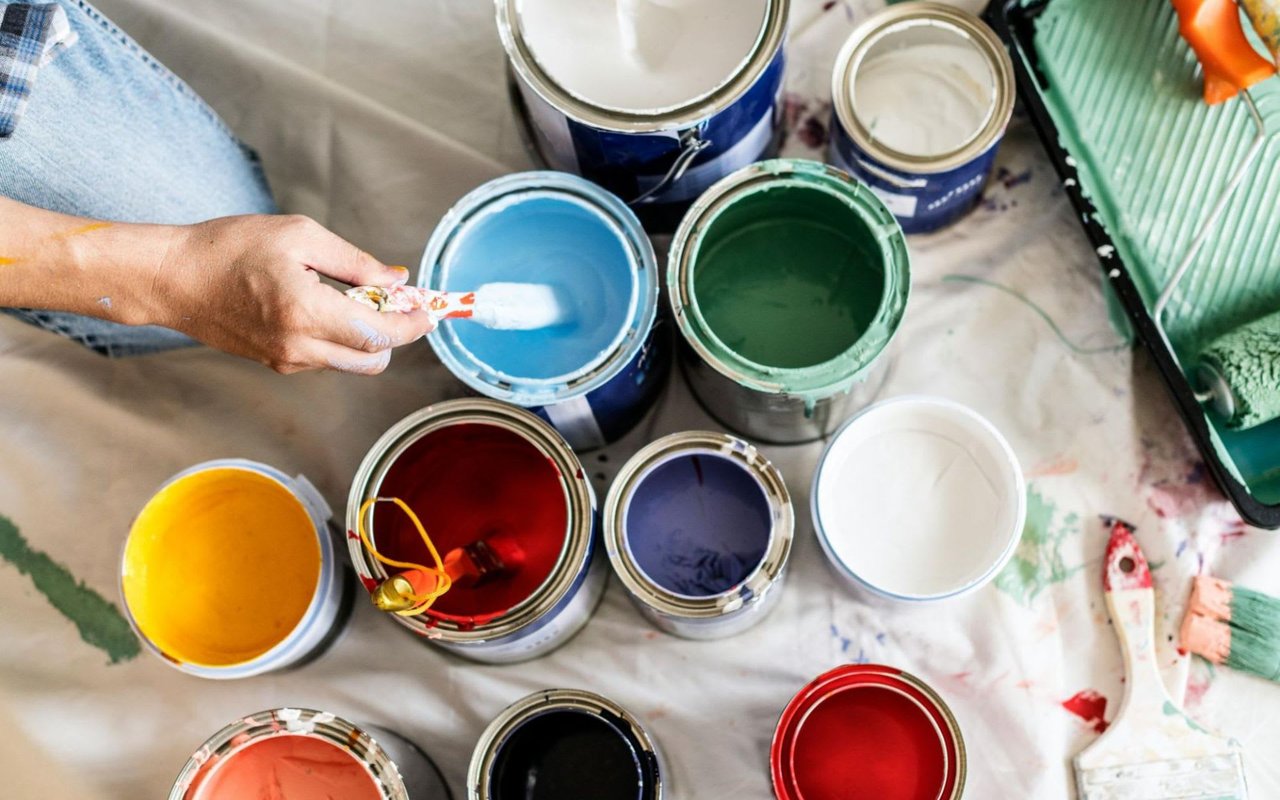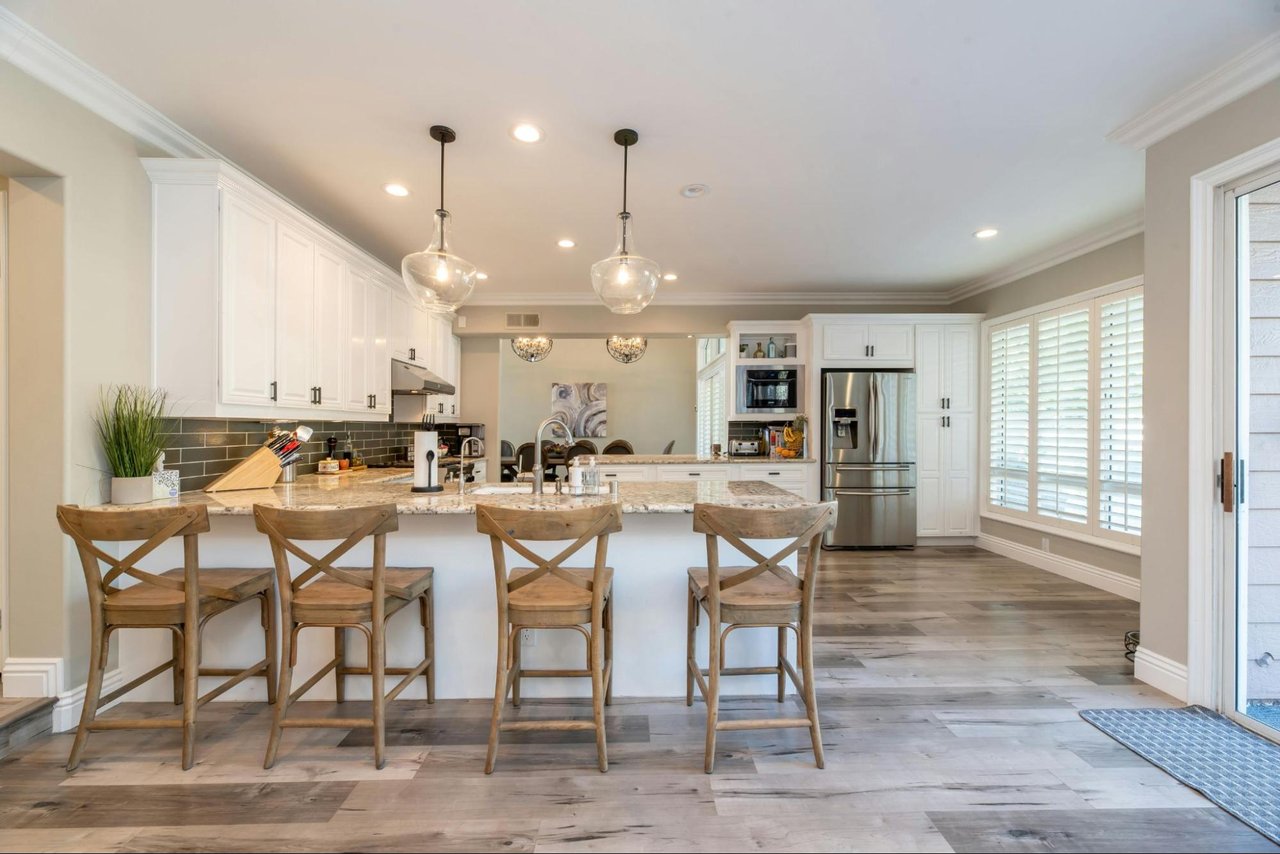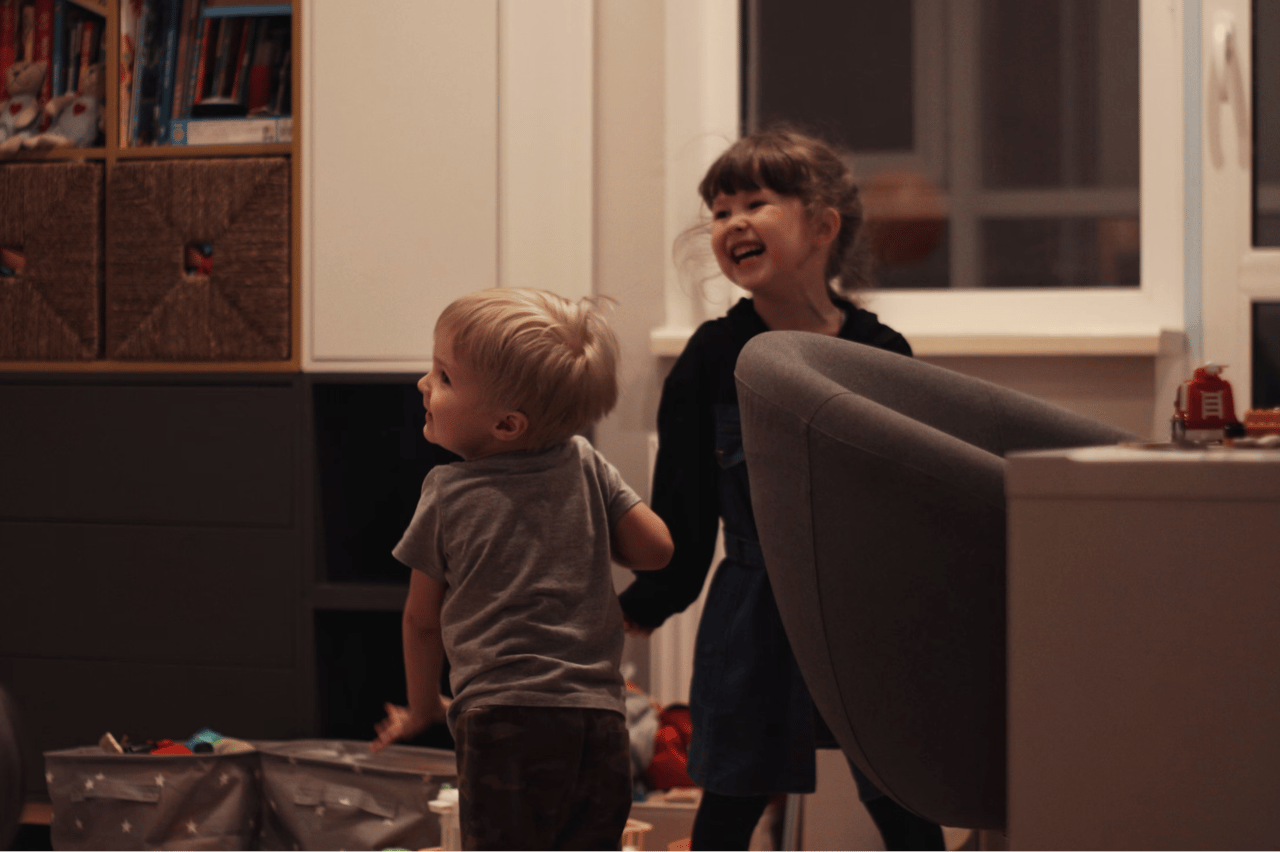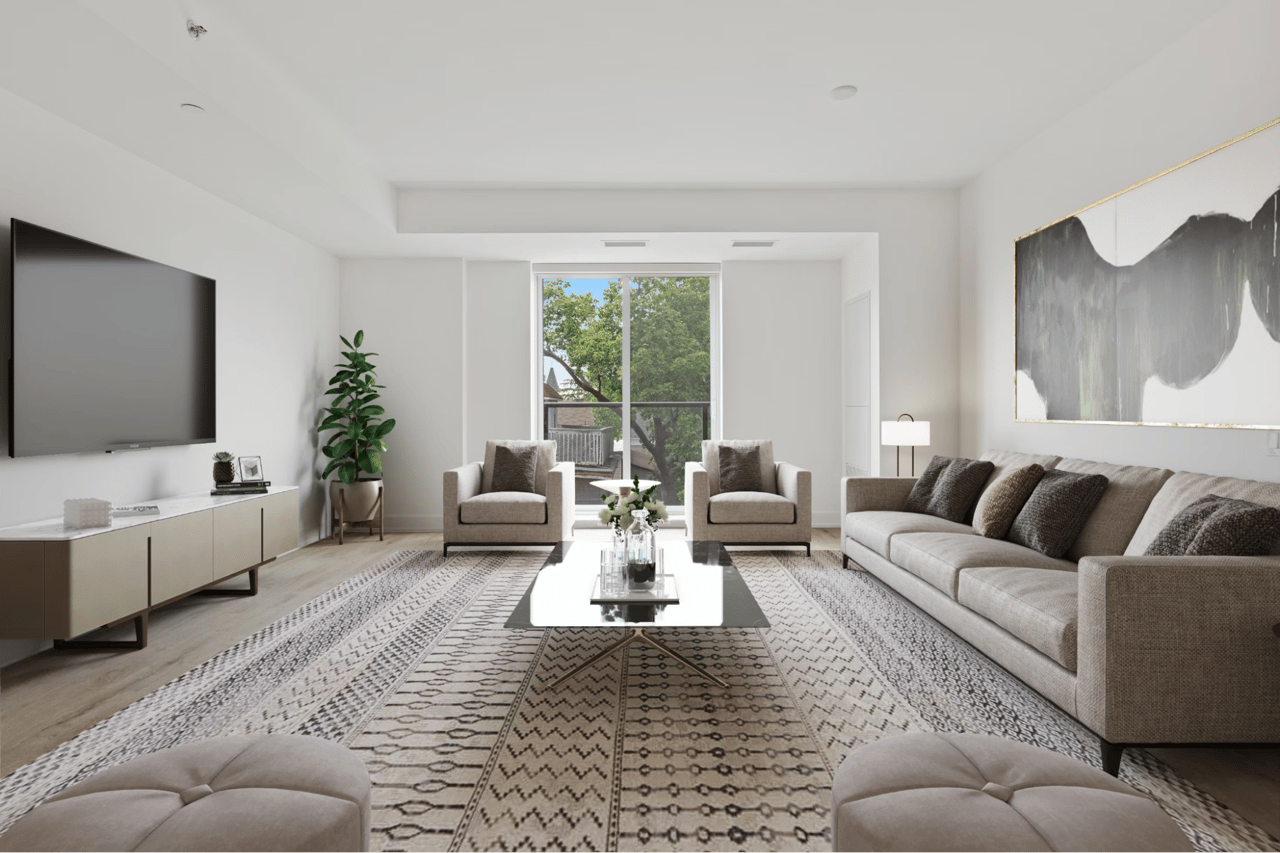Choosing the right paint color can transform a room, affecting its ambiance, perceived size, and even the emotions of those who enter. Understanding the science of color helps you create the ideal environment for every space in your home. Here’s a guide to help you choose the best paint tones for each room based on color theory and the effects of different hues.
Understanding Color Psychology
Color psychology examines how colors influence mood and perception. Different hues can evoke specific emotions and reactions, making them powerful tools in interior design.
1. Warm Colors: Energizing and Inviting
-
Warm colors, such as reds, oranges, and yellows, are known to create a sense of warmth and comfort. These tones can make larger rooms feel more intimate and cozy, making them ideal for social spaces like living rooms or dining areas.
-
Red, for example, is a stimulating color often associated with energy and excitement, making it perfect for areas where people gather and converse. However, in excess, red can be overwhelming, so consider using it as an accent rather than the primary color.
2. Cool Colors: Calming and Refreshing
-
Cool colors, like blues, greens, and purples, tend to have a calming effect, promoting relaxation and tranquility. These colors are often used in bedrooms and bathrooms, where a serene atmosphere is desirable.
-
Blue is particularly popular for bedrooms, as it is believed to lower heart rate and blood pressure. Green, which is associated with nature, is also a versatile choice for spaces where a peaceful ambiance is preferred.
3. Neutral Colors: Versatile and Timeless
-
Neutrals, such as whites, grays, and beiges, provide a versatile backdrop that complements a wide range of decor styles. These colors are timeless and can make rooms feel more open and airy, ideal for spaces like hallways and entryways.
-
Gray is a popular neutral that can range from warm to cool tones, offering flexibility in design. Whites and off-whites are also excellent choices for creating a clean, minimalist look.
Choosing the Right Color for Each Room
Each room in your home serves a unique purpose, and the paint color should reflect and enhance that function. Here are some color recommendations based on the purpose of each space.
1. Living Room: Warm and Welcoming
-
As a central gathering space, the living room benefits from warm, inviting colors that foster comfort and connection. Earthy tones like terracotta, warm beige, or soft yellows can make the room feel cozy without overwhelming the senses.
-
If you prefer a more modern look, consider a neutral palette with pops of color through accents. Grays paired with a vibrant accent wall or colorful decor can create a sophisticated yet welcoming environment.
2. Kitchen: Bright and Energizing
-
The kitchen is often the heart of the home, so choosing a color that energizes and uplifts is ideal. Bright colors like yellow or soft green can create a cheerful and refreshing atmosphere.
-
White and off-white are also popular choices for kitchens, as they create a clean, open feel. White reflects light and makes the space appear larger, which is especially beneficial in smaller kitchens. You can always add color through backsplash tiles, cabinetry, or accessories.
3. Dining Room: Elegant and Inviting
-
For the dining room, rich, deep colors like burgundy, navy, or dark gray can add an element of sophistication and make the space feel intimate. These colors can create a more formal atmosphere, perfect for dinner parties and gatherings.
-
If you prefer a lighter look, consider a warm neutral, like taupe or cream, which can still create an inviting atmosphere without the heaviness of darker tones.
4. Bedroom: Soothing and Relaxing
-
Soft, cool colors work well in bedrooms, where a relaxing environment is essential. Light blues, pale greens, and lavender are ideal choices for creating a restful retreat.
-
Neutral colors like soft gray or beige can also be effective, especially when paired with textured bedding and accents that add warmth and comfort. Avoid overly stimulating colors like bright red or orange, which can make it harder to unwind.
5. Bathroom: Fresh and Clean
-
For bathrooms, light and cool colors like aqua, mint green, or soft gray create a fresh and clean feel. These tones are associated with water and hygiene, making them ideal for this space.
-
White is another classic choice for bathrooms, as it conveys cleanliness and simplicity. Pair white walls with natural materials like wood or stone for a spa-like atmosphere.
Using Accent Colors and Patterns
While choosing the main color for each room is important, accent colors and patterns can add depth and personality to your space. Here’s how to incorporate accents effectively.
1. Create Contrast with Accent Walls
-
An accent wall in a contrasting color can make a bold statement and add visual interest to a room. In the bedroom, a deep blue accent wall behind the bed can serve as a focal point and add depth.
-
In living rooms or dining areas, an accent wall in a warm color like orange or terracotta can create a cozy, inviting atmosphere. Choose a color that complements the main wall color for a harmonious look.
2. Incorporate Patterns for Texture
-
Patterns can add texture and visual intrigue without overwhelming the space. Consider patterned wallpaper for an accent wall or use stencils to create subtle designs on a single wall.
-
Stripes, florals, or geometric patterns can make a room feel more dynamic, especially when used in small doses. For example, a patterned backsplash in the kitchen can add a touch of style without dominating the room.
3. Use Trim and Molding for Detail
-
Adding color to trim and molding can provide an elegant touch and enhance the architectural details of a room. White trim can frame colored walls beautifully, creating a crisp, polished look.
-
Darker trim colors, such as charcoal gray or deep navy, can also add a dramatic effect and help define the space. Use this technique in rooms where you want to highlight the room’s structure and style.
Choosing the right colors for your home can be transformative, creating an environment that feels both beautiful and functional. Whether you prefer warm tones or cool hues, understanding color psychology and how to apply it can help you make the most of every space.
For more information on Newton real estate or advice on preparing your home for sale, reach out to Brenda van der Merwe for expert guidance and support.




